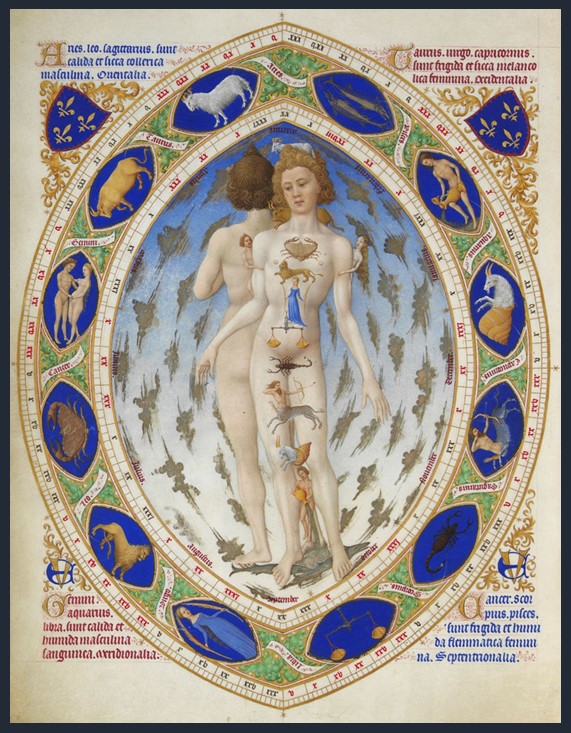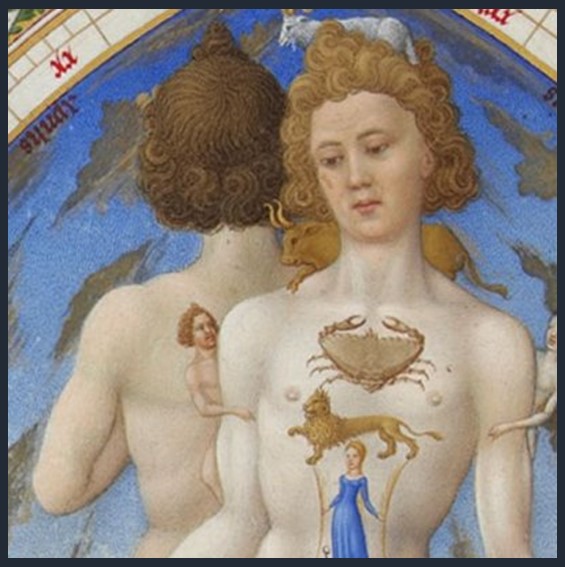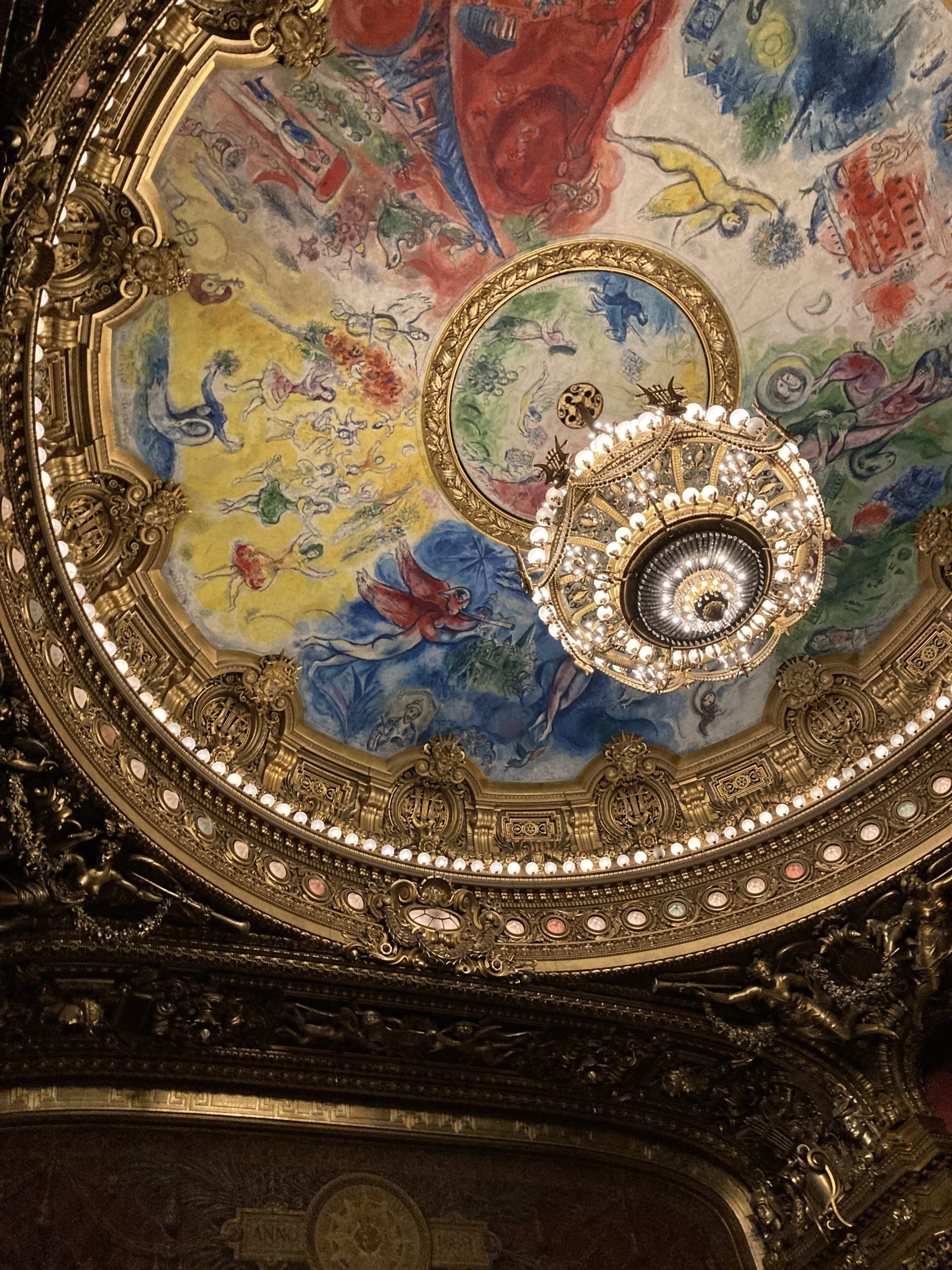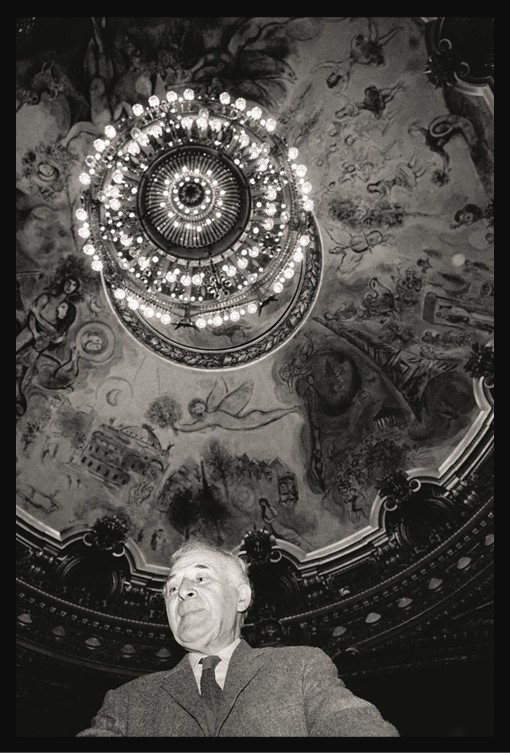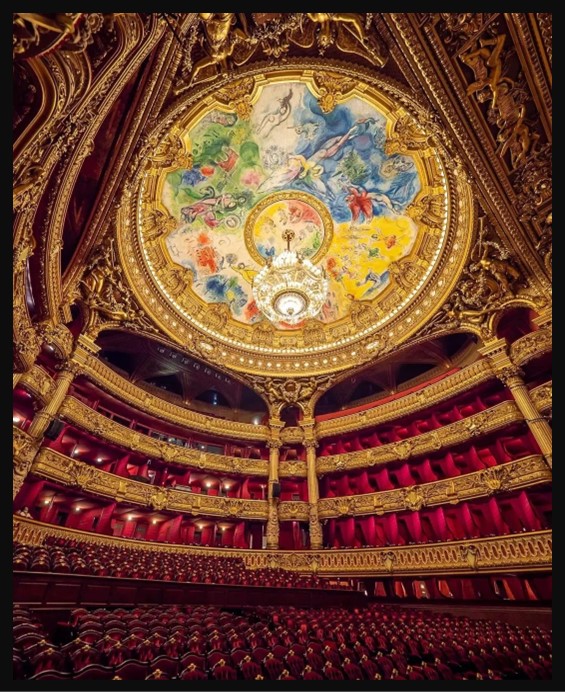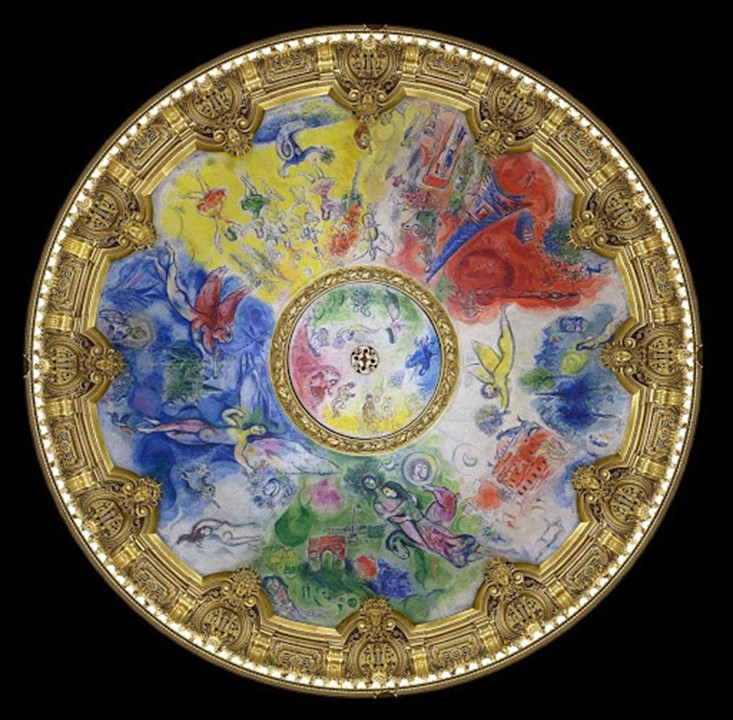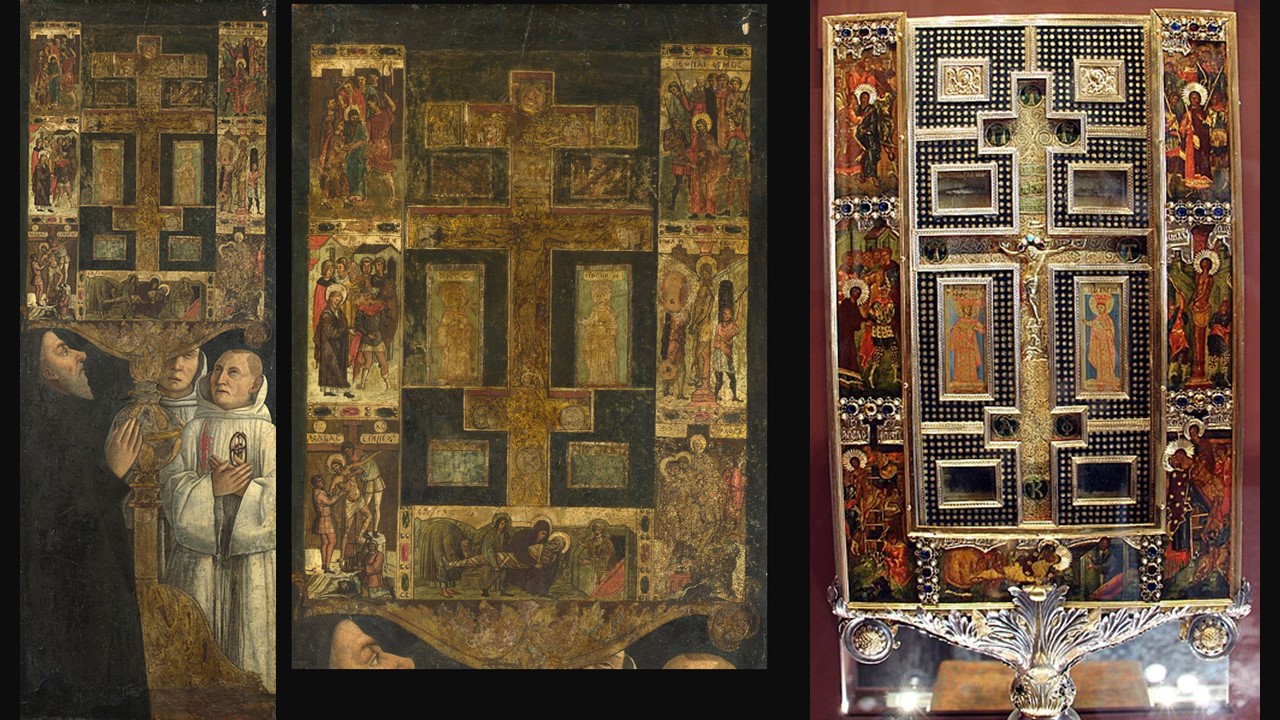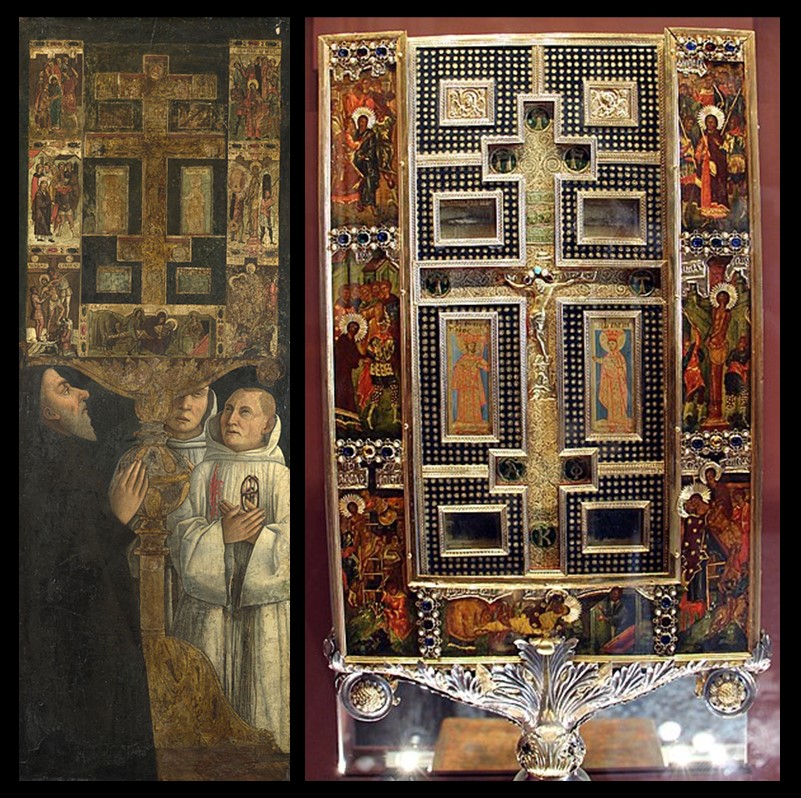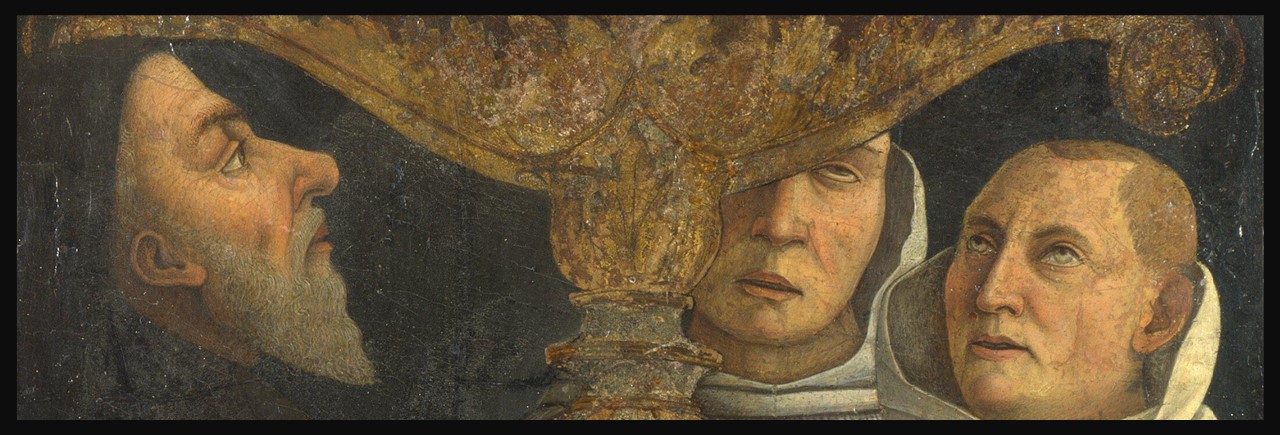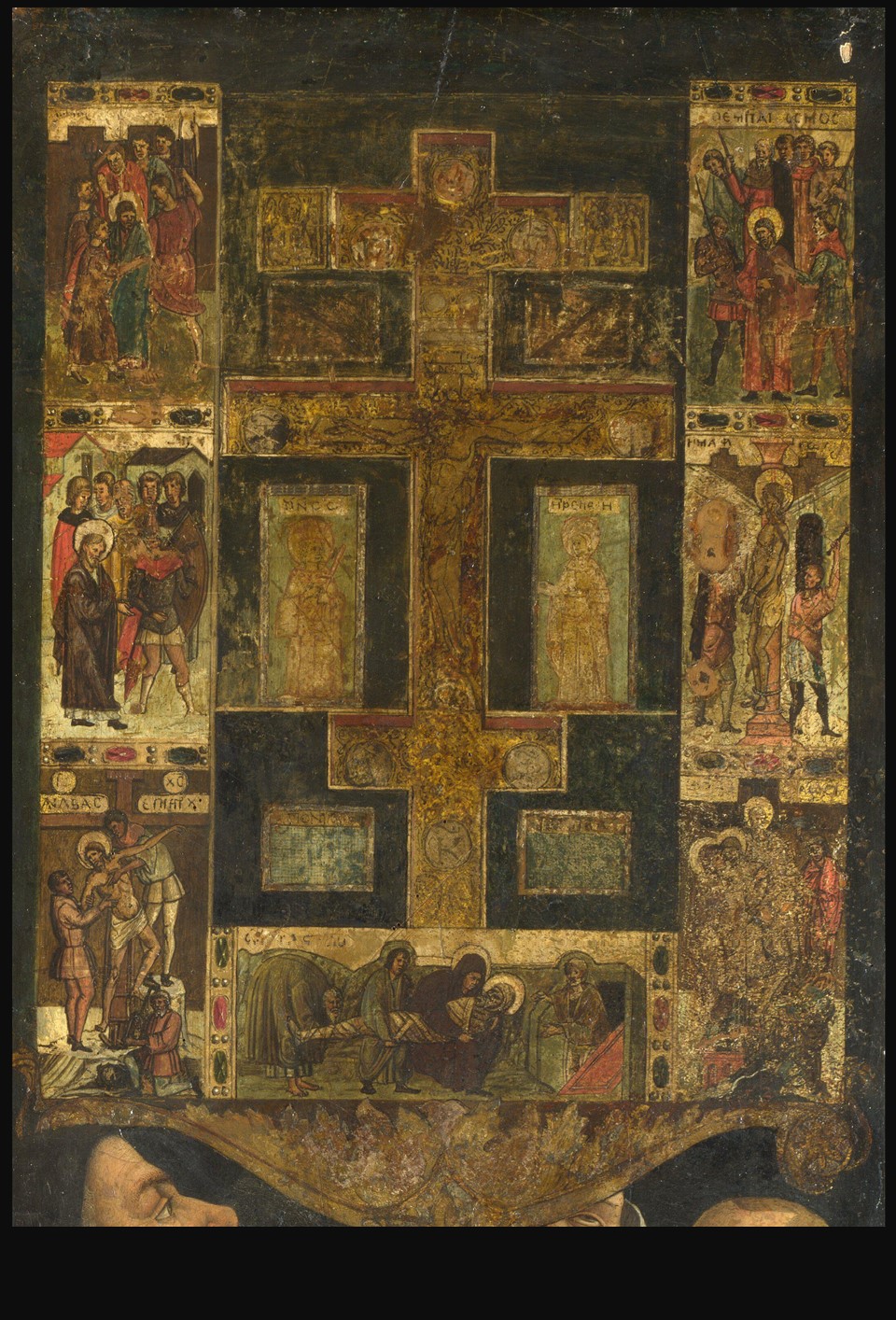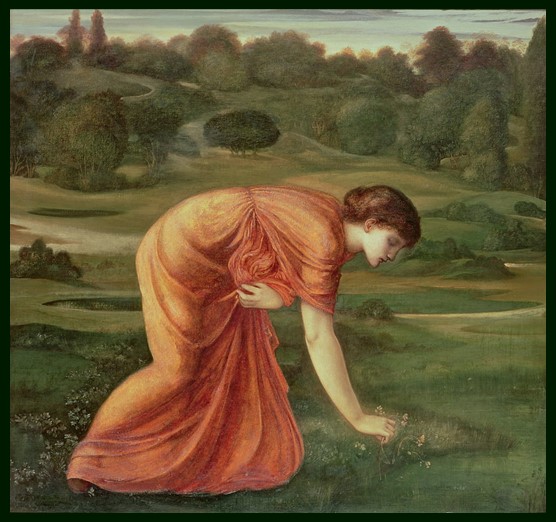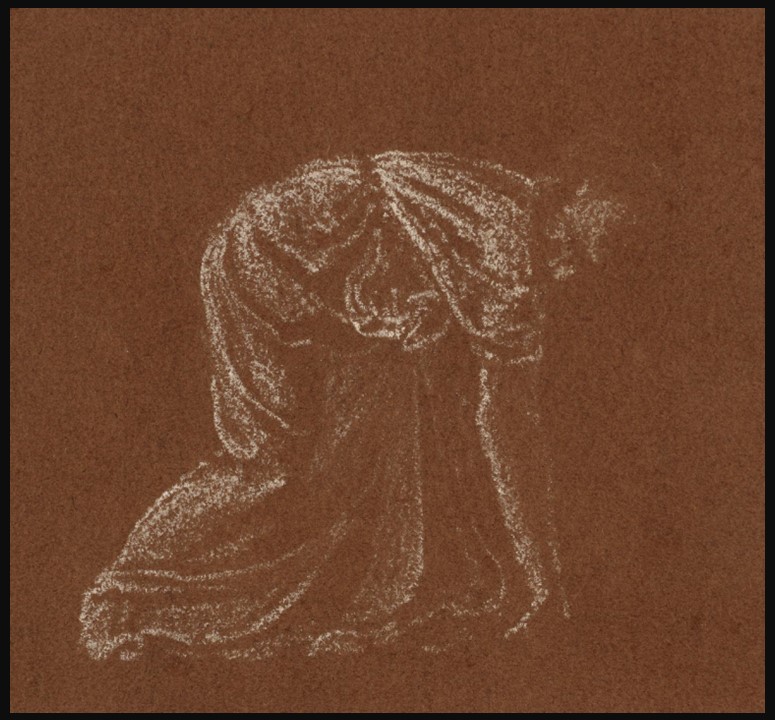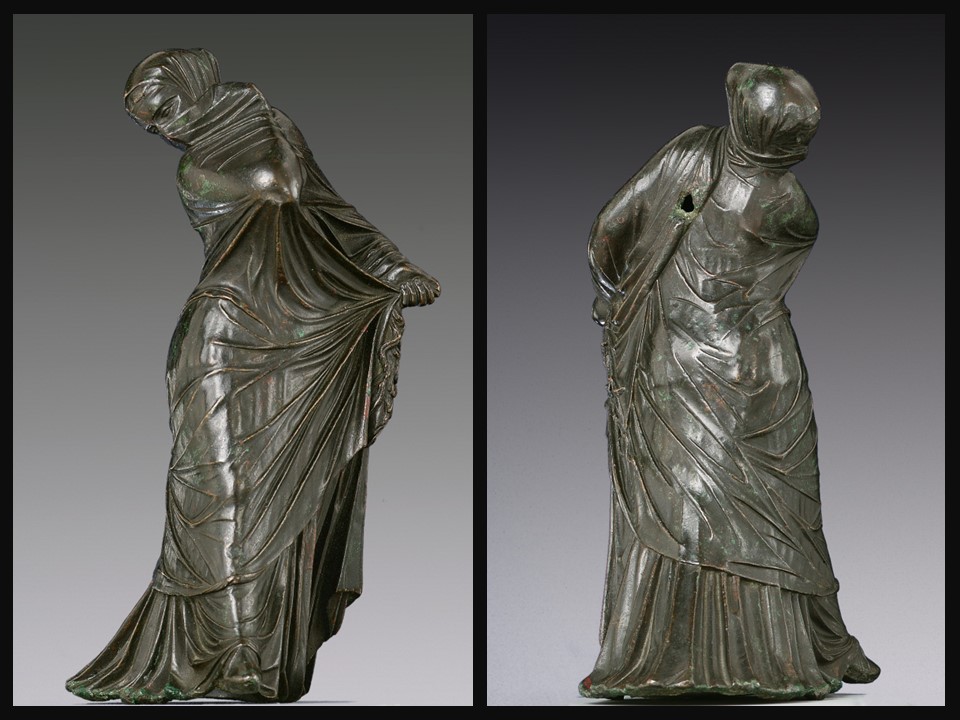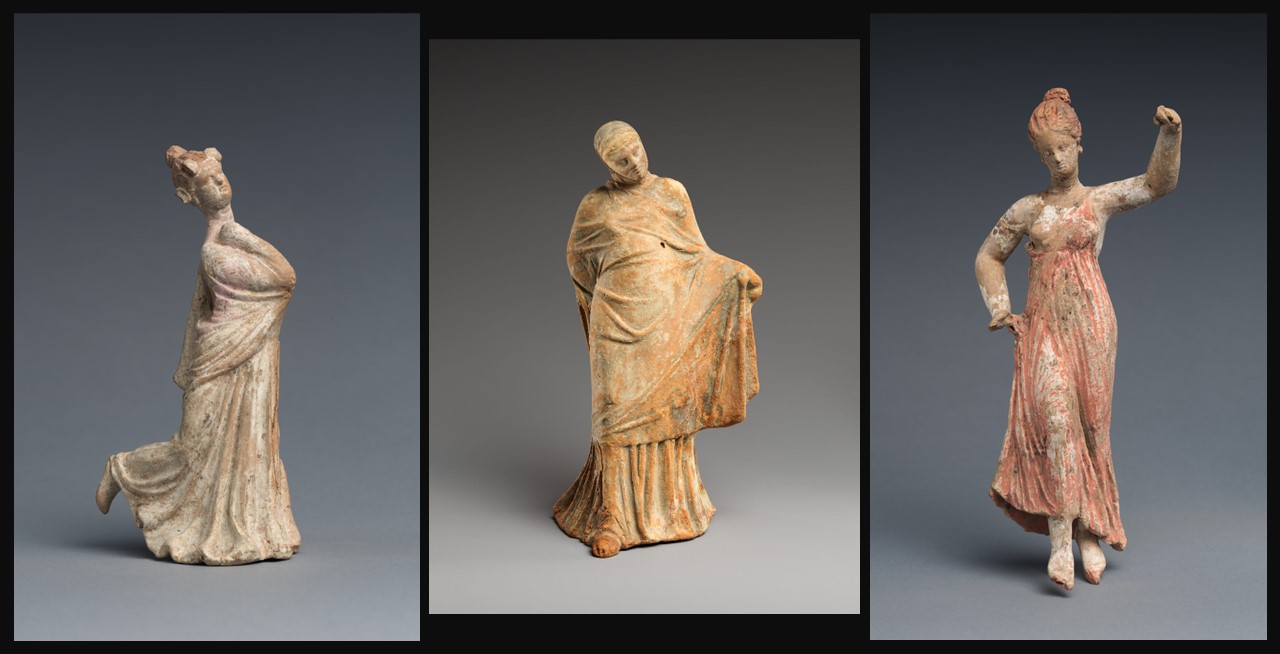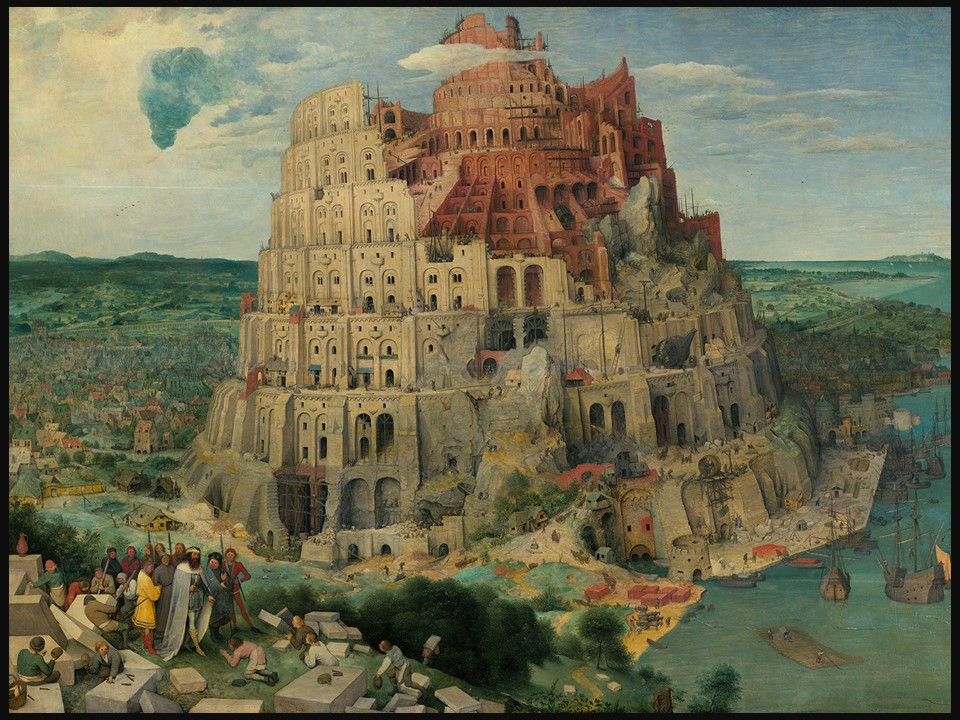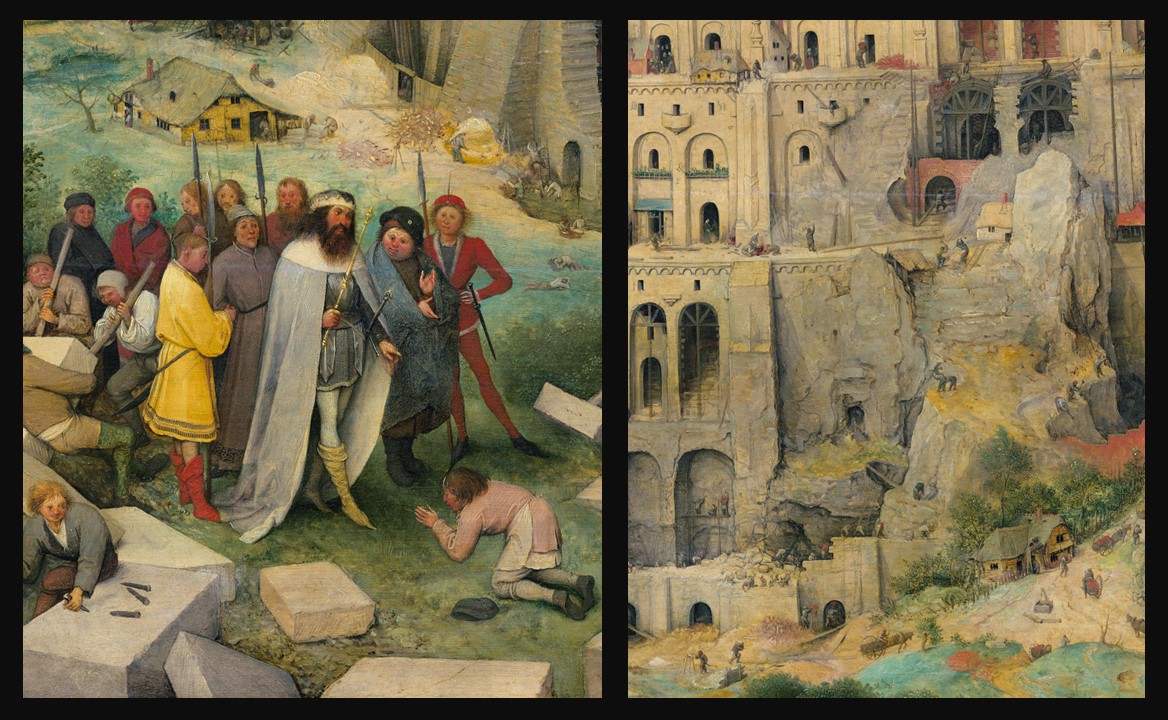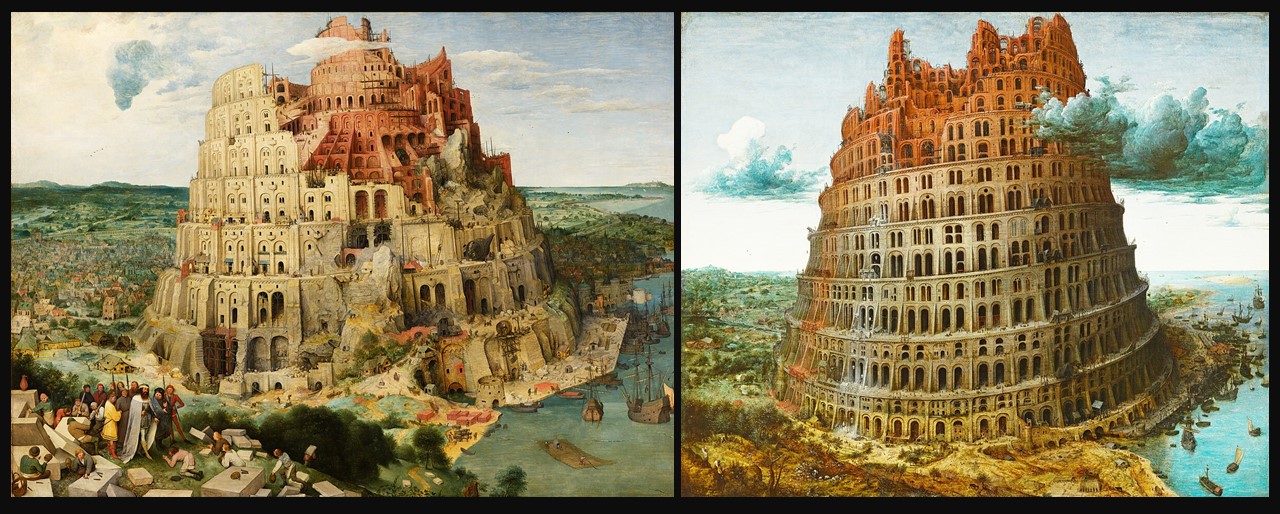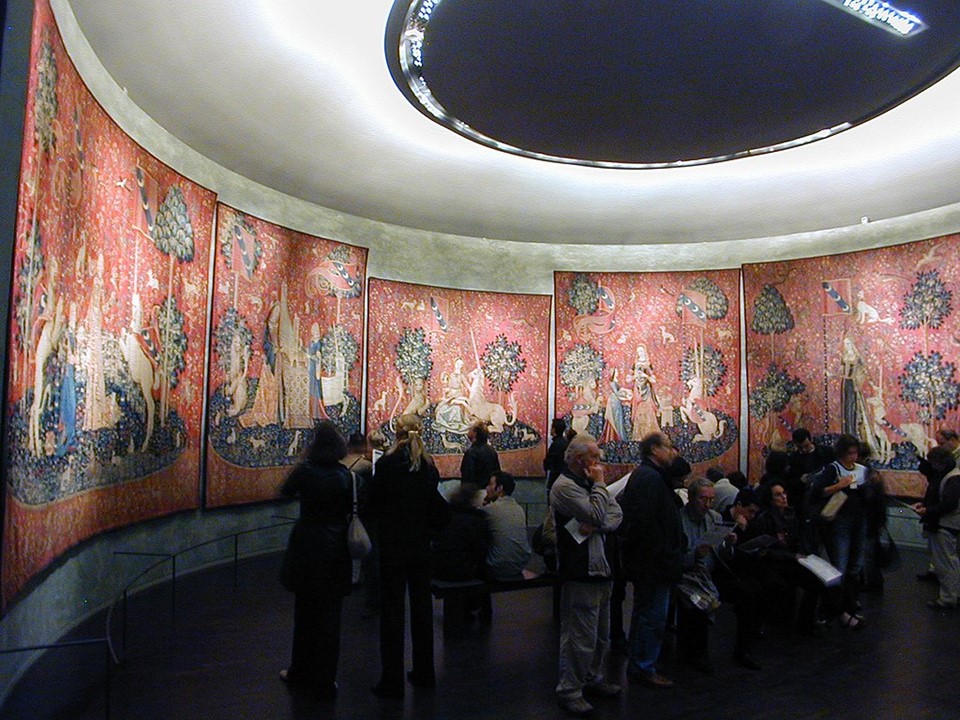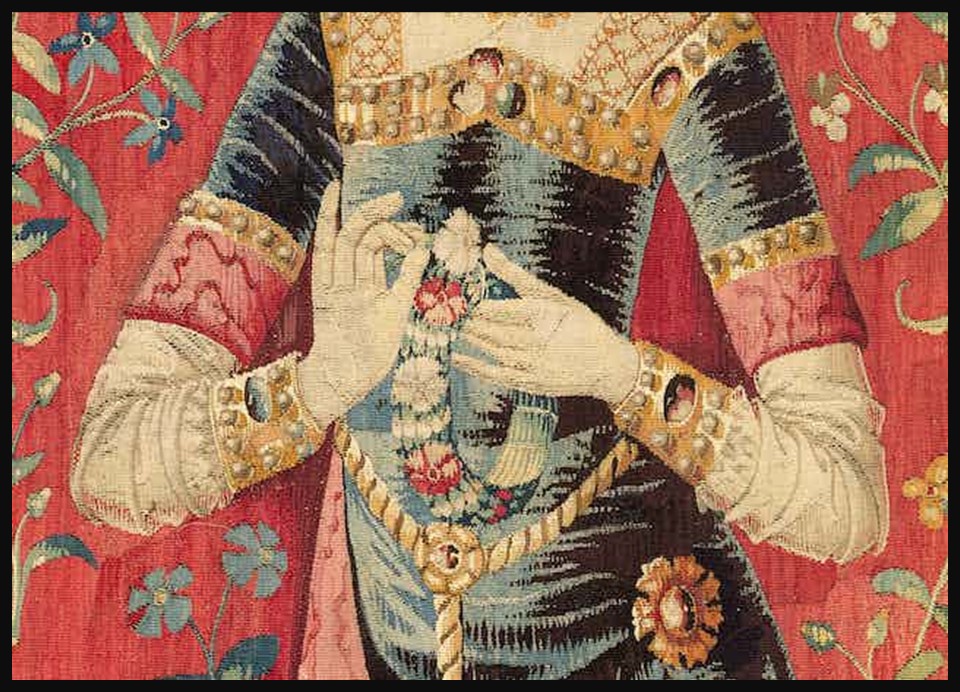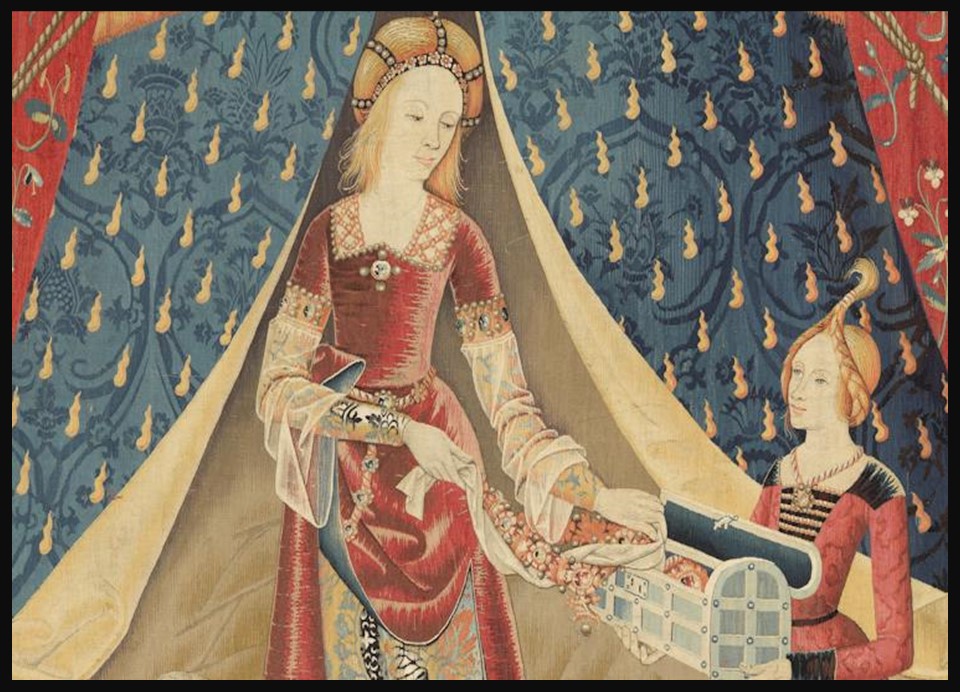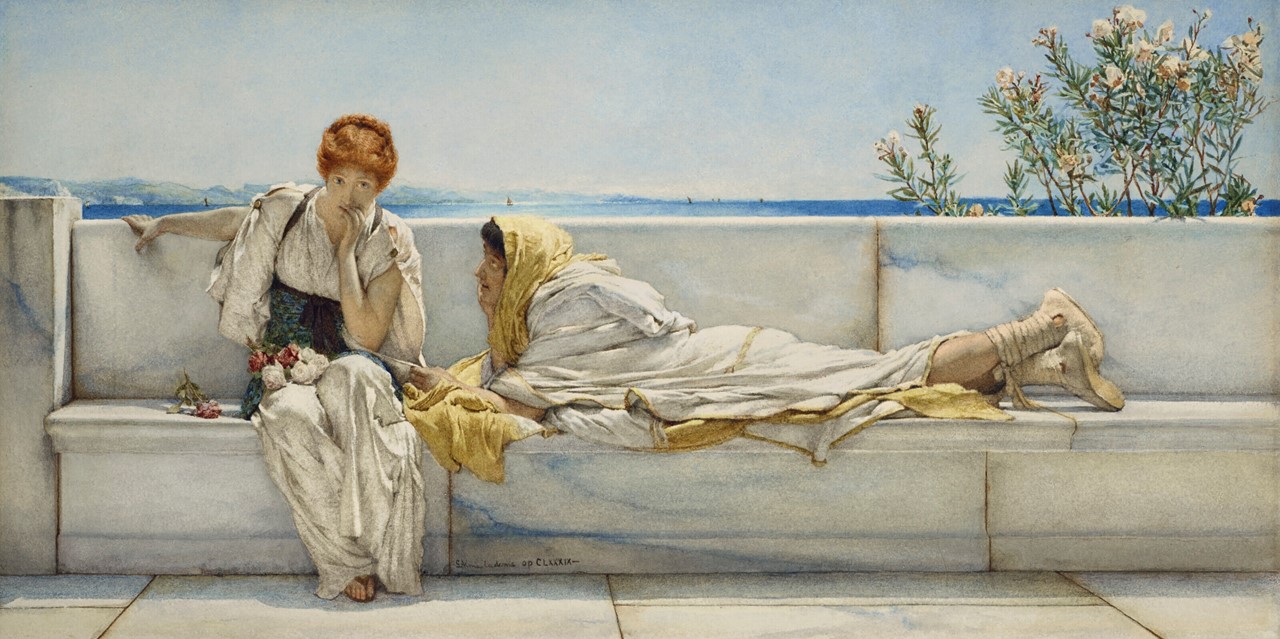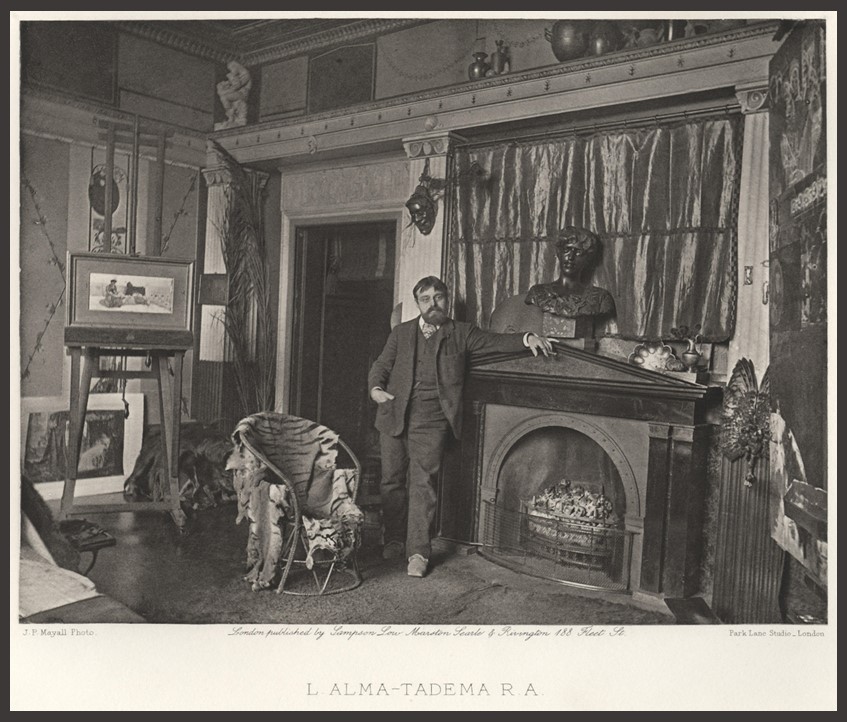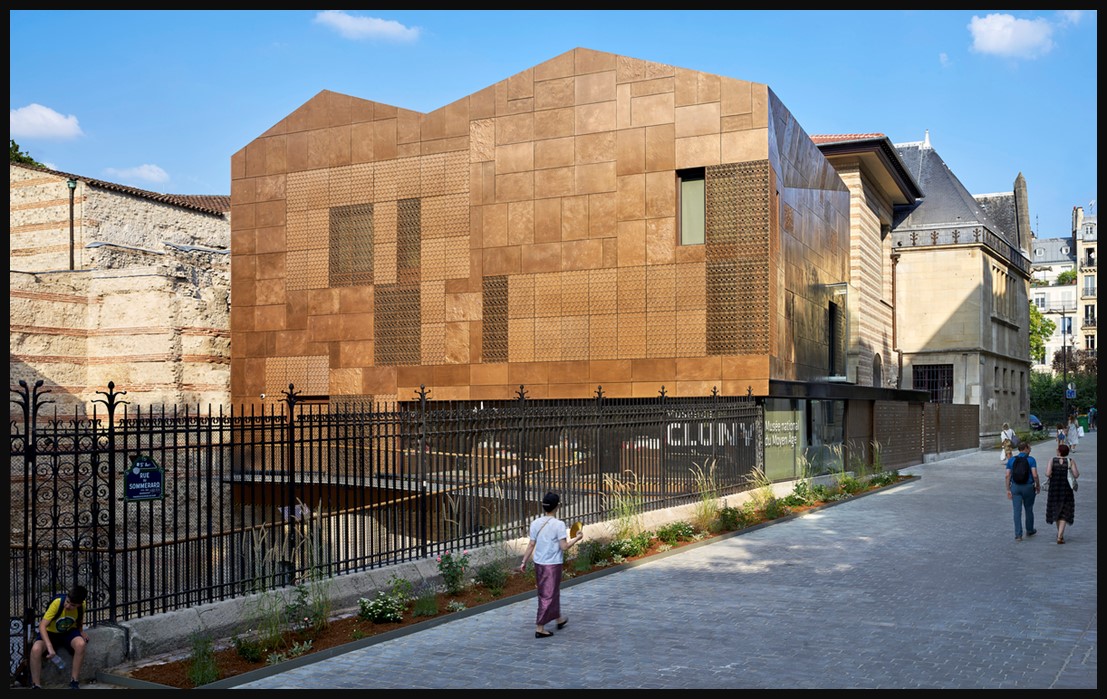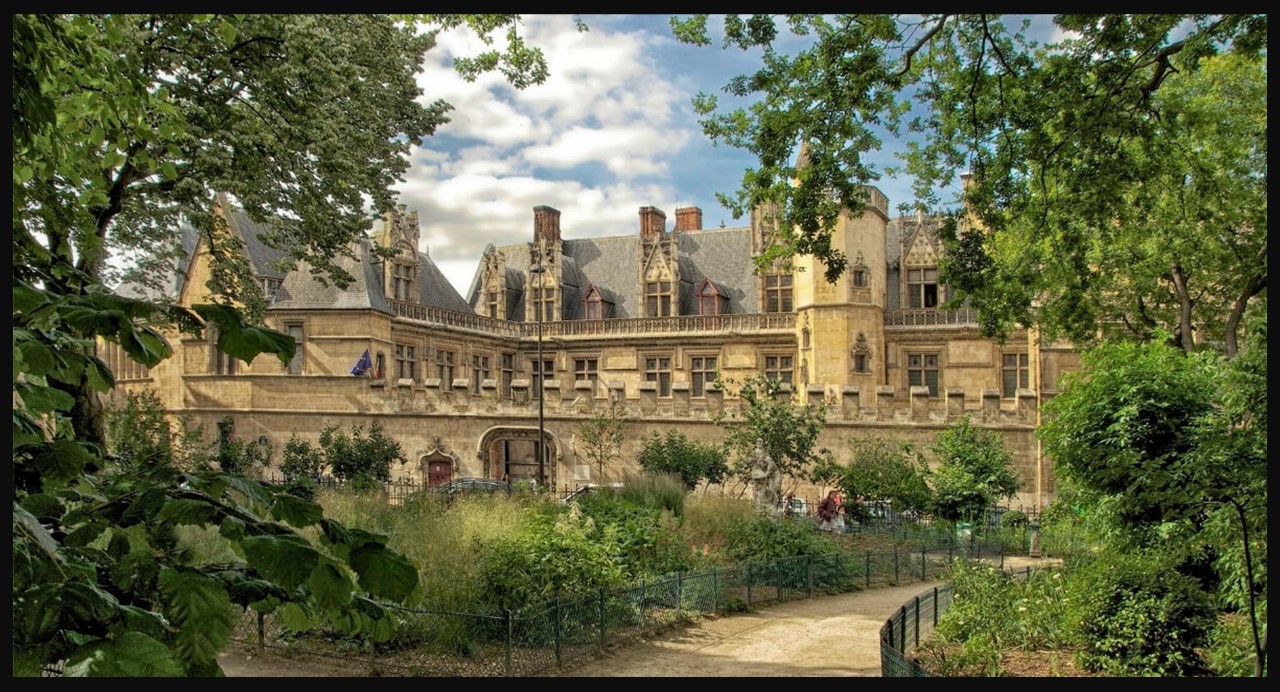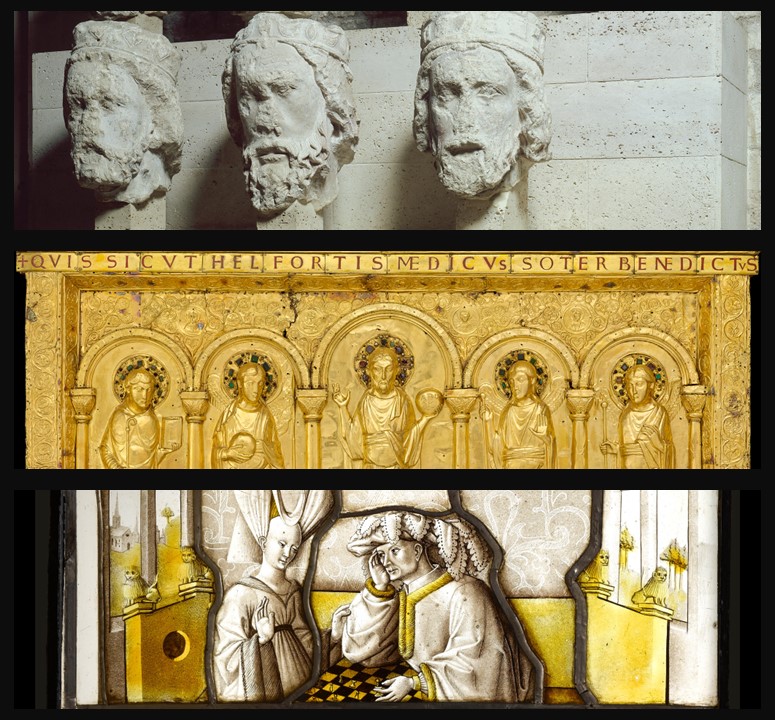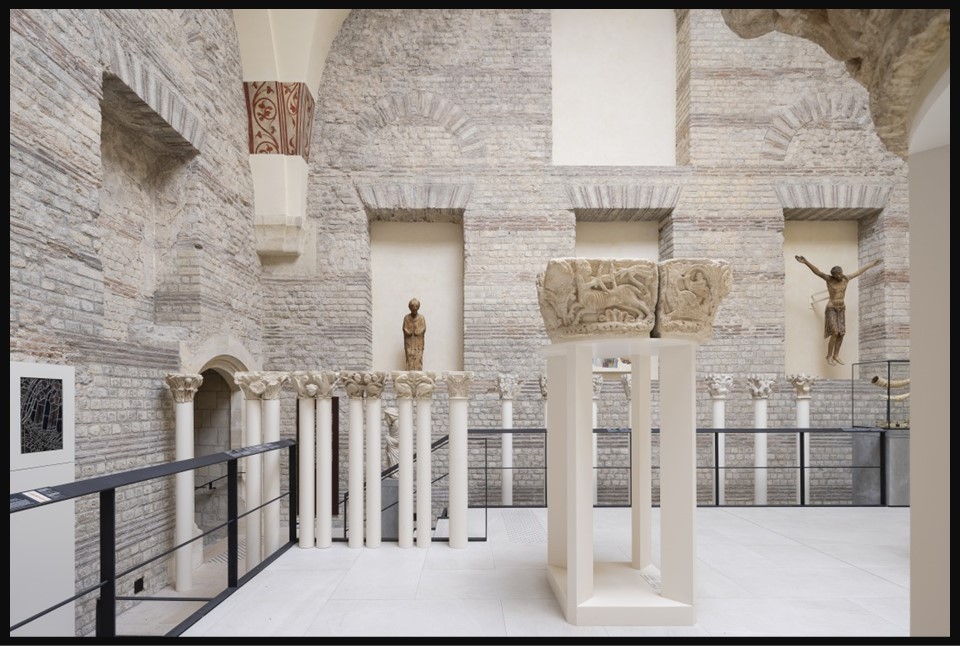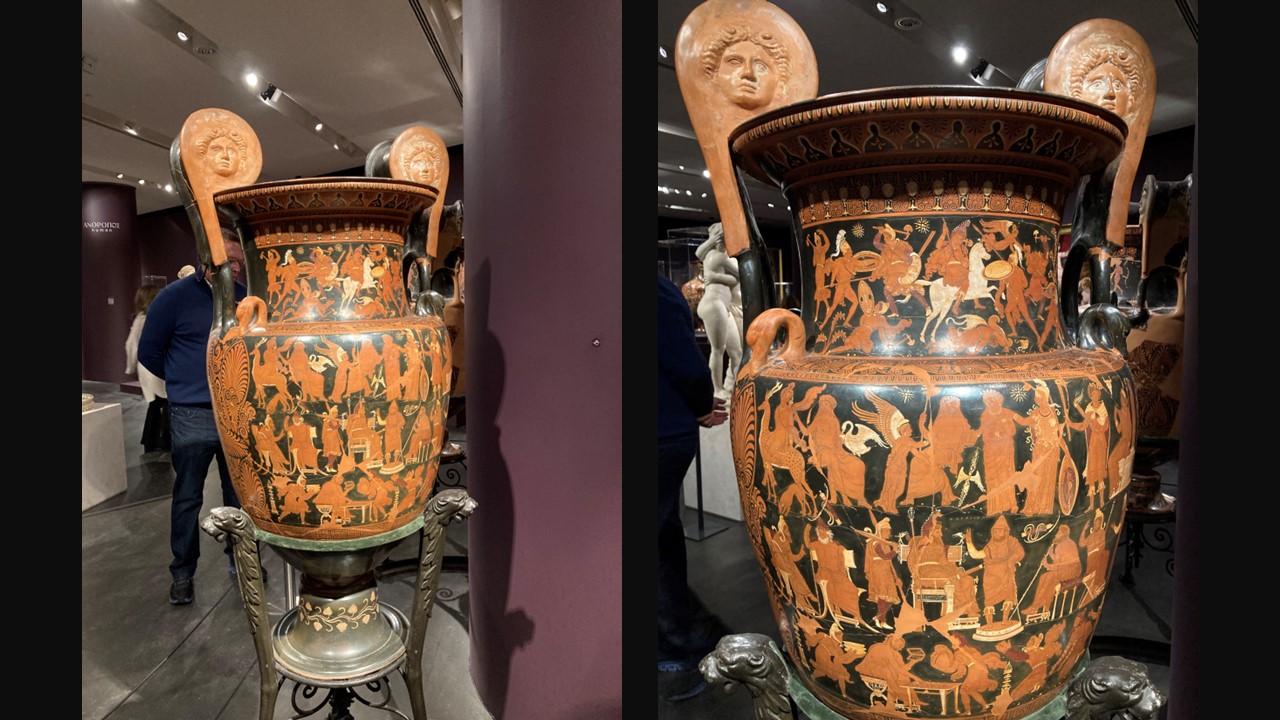
Darius Vase, 340-320 BC, Ceramic Red-Figure Volute Crater, Clay, Height: 1.15 m, Archaeological Museum of Naples, Italy – Photo Credit: Amalia Spiliakou, February 18, 2024, ‘Meanings’. Personifications and Allegories from Antiquity to Today Exhibition, Acropolis Museum, Athens, Greece
On February 17, 2024, during my visit to Athens, Greece, I had the pleasure of attending an exceptional exhibition titled ‘NοΗΜΑΤΑ’: Personifications and Allegories from Antiquity to Today, held at the Acropolis Museum. Curated by Professor Nikolaos Chr. Stampolidis and his associates, this exhibition forms a unique Tetralogy, wherein the Greek word ‘ΝΟΗΜΑ’ (‘Meaning’ in English) metaphorically transforms into a ‘ΝΗΜΑ’ (a ‘Thread’), weaving together diverse artworks including statues, reliefs, vases, coins, jewelry, Byzantine icons, and paintings. It marks a groundbreaking moment by uniting antiquity with Byzantium, Renaissance, and Modern Art for the first time. Among the Exhibition artworks that impressed me most was Darius Vase, a large Apulian Volute Krater from the Museo Archaeologico Nazionale di Napoli!
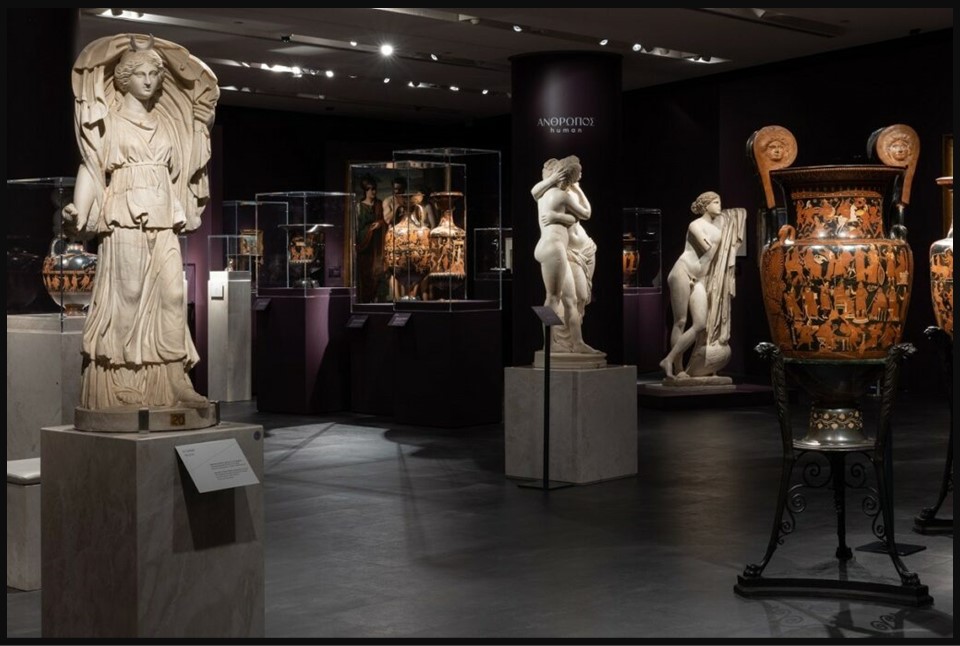
https://hellasjournal.com/2023/12/christougenna-sto-mousio-akropolis-eortastikes-ekdilosis-dora-ke-giortina-piata-sto-estiatorio-ke-to-archeo-gouri-tou-mousiou/
The Darius Vase is one such example of Apulian pottery. It dates back to the late 4th century BC, 330 to 300 BC to be specific. It was created by the so-called Darius Painter in Magna Graecia, standing as a testament to the mastery of Greek pottery during this period. This amazing Volute Krater, measuring approximately 1.15 meters in height and 1.93 meters in circumference, features intricate red-figure decoration with additional white and red paint. Its provenance traces back to the city of Taranto (ancient city of Taras), an area known for its production of fine ceramics. With its distinctive style and historical subject matter, the Darius Vase remains a vital piece for understanding both Greek artistry and the cultural exchanges between Greece and Magna Graecia during antiquity. The Darius Vase was discovered in 1851 near Canosa di Puglia and is now on display at the Museo Archaeologico Nazionale, in Naples.
Standing as a testament to the artistic finesse of ancient Greek Apulian pottery, the vase features a rich and complex iconography divided into four main zones or registers:
Top Register (Neck): The iconography of the Neck of the Darius Vase is subject to diverse interpretations. While some scholars argue that the combat scene depicted signifies the conflicts between Alexander the Great and Darius III, others propose that the scene may represent an earlier battle between Greeks and Persians or even an incident related to the Amazonomachy. Thus, the iconography of the Neck of the Darius Vase invites exploration into both historical narratives and mythological symbolism, providing a rich tapestry of cultural significance.
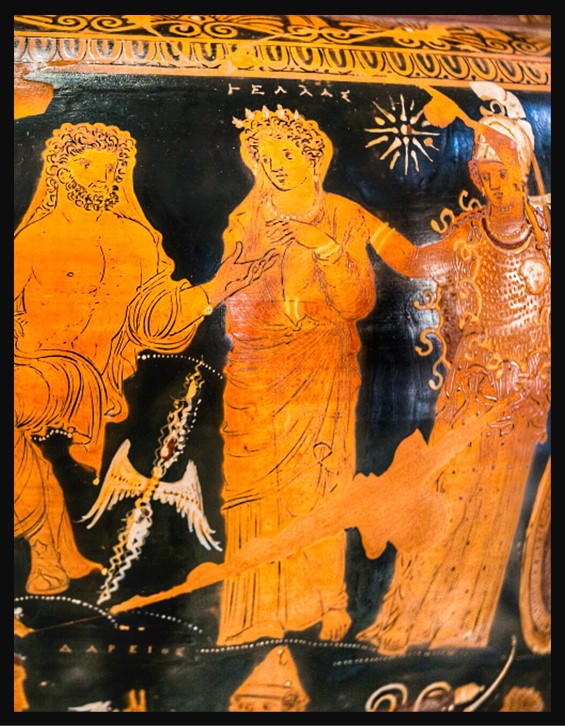
Darius Vase (Detail with Hellas, Zeus and Athena), 340-320 BC, Ceramic Red-Figure Volute Crater, Clay, Height: 1.15 m, Archaeological Museum of Naples, Italy
https://twitter.com/greece_heritage/status/1688905660803805184
The Second Register (from the top): A procession of Greek deities adds depth to the iconography, rich symbolism and mythological significance, as it portrays a visual narrative that intertwines Persian and Greek cultures. Artemis, the huntress, is depicted riding a stag, symbolizing her connection to the wilderness and fertility. Seated beside her is Apollo, God of light and music, cradling a swan, representing his multifaceted domains. Zeus, the king of the gods, is presented sitting in the middle, with a sceptre in his hand, the thunderbolt beside him and a winged Victory in front of him. He turns towards a woman who, as the inscription above her head states, is Hellas personified, accompanied by Athena, goddess of wisdom and warfare, fully armoured, ready for battle. Apate, the goddess of deceit, holds aloft two torches, perhaps suggesting the duality of truth and deception. Lastly, Asia, personified as a seated figure on an altar, is depicted in front of a Hermaic Stele. The arrangement of these figures on the vase not only showcases the artistic prowess of the era but also reflects the intricate interplay between Greek and Persian mythologies, offering insights into the complexities of ancient cultural exchange.
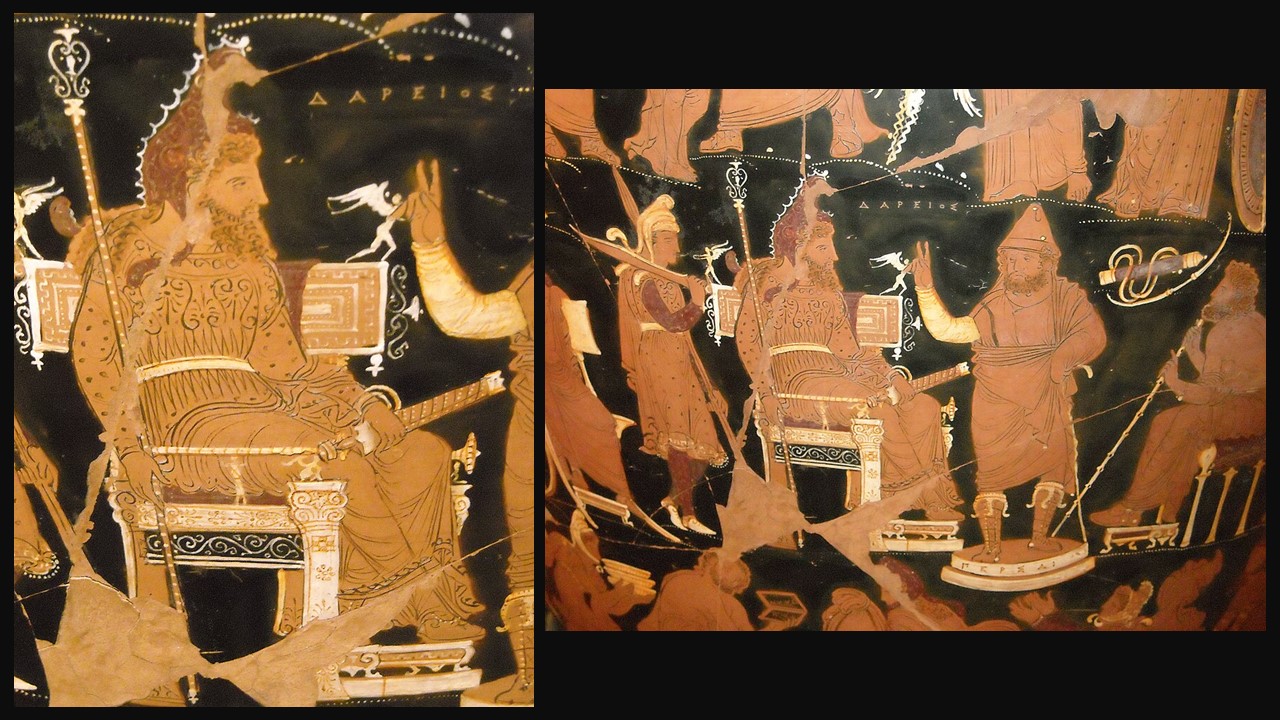
Darius Vase (Detail with Darius and the Messenger), 340-320 BC, Ceramic Red-Figure Volute Crater, Clay, Height: 1.15 m, Archaeological Museum of Naples, Italy
https://en.wikipedia.org/wiki/Darius_Vase
The Third Register: The protagonist of the third register, is Darius, the King of Persia. He is depicted in the center of the composition, seated on a luxurious throne with a footstool, holding a scepter in his right hand and a sword in his left hand, and is identified, like other figures, by an inscription. Standing before him, on a two-tiered circular plinth that bears the inscription PERSAI, is a bearded man, arm raised with three fingers extended, clearly delivering a message to the monarch. The messenger’s countenance betrays the gravity of his news, suggesting its unwelcome nature. The remaining figures represent members of Darius’s entourage, his bodyguard for example, and his officials, Greek and Persians alike.
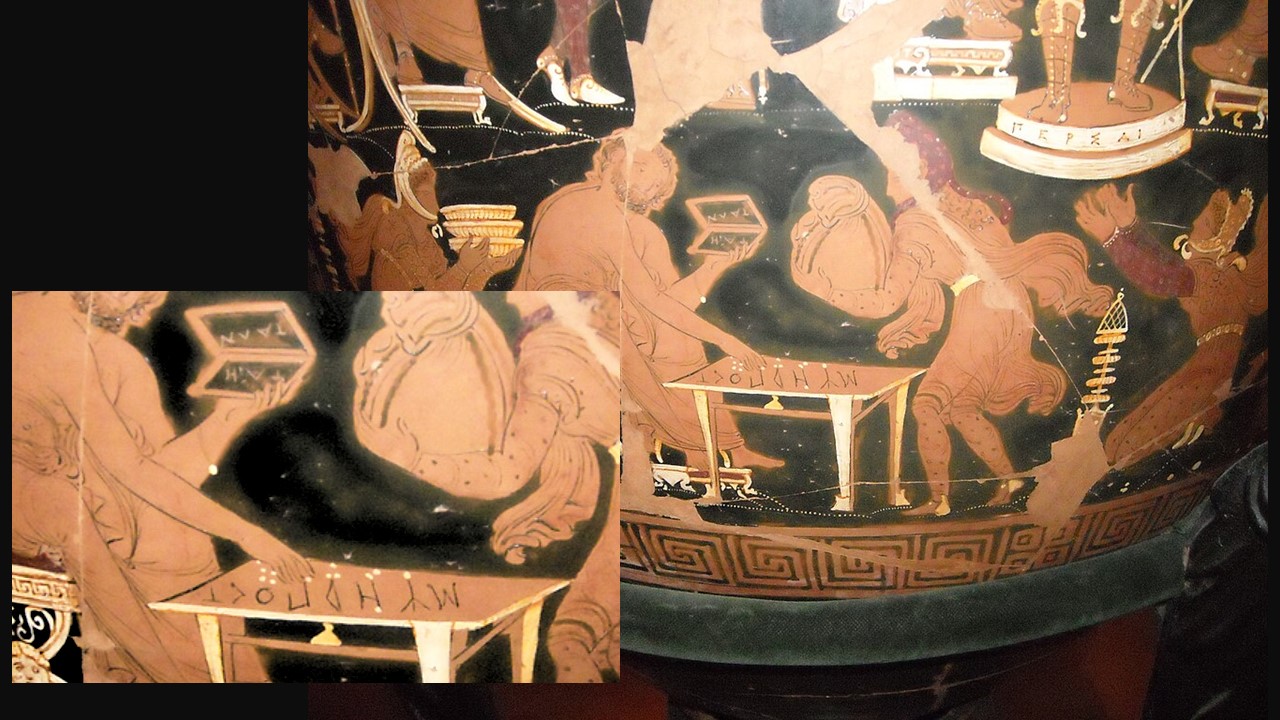
Darius Vase (Tax Collecting scene), 340-320 BC, Ceramic Red-Figure Volute Crater, Clay, Height: 1.15 m, Archaeological Museum of Naples, Italy
https://en.wikipedia.org/wiki/Darius_Vase
The Bottom Fourth Register: In the Bottom Register, a robed, bearded man takes center stage, seated before a table. In his left hand, he holds a diptych tablet inscribed with numbers, indicating his role in calculation. Ψῆφοι, that is white stones utilized by ancient mathematicians for arithmetic, are scattered across the table, emphasizing his pursuits. Flanking him, two ‘Persians’ approach, one bearing a bag of currency, the other presenting golden vessels, symbolic of their tribute. Meanwhile, additional ‘Persians’ kneel in deference, extending their hands in a gesture of submission. The scene vividly illustrates the dynamics of taxation and submission, with the Greek figure diligently calculating and recording the total, while the ‘Persians’ acknowledge their obligation to pay taxes and recognize Greek authority.
Is the composition of the Darius Vase inspired by an ancient Greek theatrical Drama? One interpretation suggests that the depicted events on the Darius Vase likely correspond to Alexander the Great’s campaign in Persia. Therefore, it is inferred that the Persian king portrayed on the vase is Darius III, depicted listening to the news of the defeat of the Persian army, as conveyed by a messenger after the battle of Granicus in 334 BC. Following this battle, Alexander asserted his dominance over Asia Minor up to the Taurus Mountains. Consequently, many regions either submitted willingly or were compelled to acknowledge Alexander’s authority, leading to the imposition of tribute and the consequent enrichment of his treasury.
The iconography of the Darius Vase, like many other Apulian vases, is a treasury of symbolism and storytelling, offering profound insights into ancient Greek mythology, history, and culture through its intricate imagery and narrative compositions. It appears that the news of Alexander’s initial triumph over Darius swiftly spread across Greece, igniting fervor, and inspiring the creation of masterpieces, in the visual as well as the performing arts, that captivated audiences from Greece to Lower Italy.
Could it be that the Darius Vase itself is a product of this inspirational fervour? Crafted by one of Taranto’s most esteemed vase painters, it stands as a potential testament to the enduring influence of Alexander’s victory on the artistic landscape of Magna Graecia. As we marvel at its intricate details and ponder its narrative significance, we’re drawn into a world where history, myth, and art intertwine, inviting us to contemplate the profound impact of past events on the creative expressions of ancient civilizations.
For a PowerPoint Presentation on Apulian Pottery, please… Check HERE!
Bibliography: https://www.greek-language.gr/digitalResources/ancient_greek/history/art/page_122.html (in Greek)
